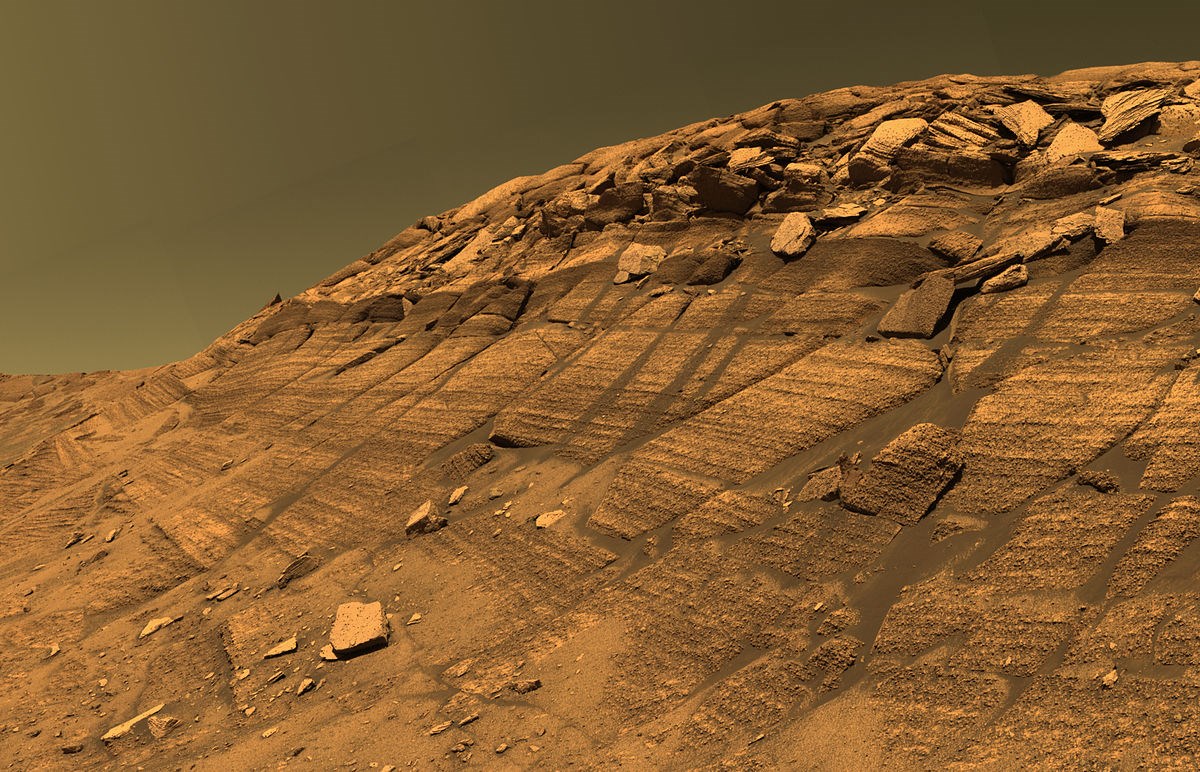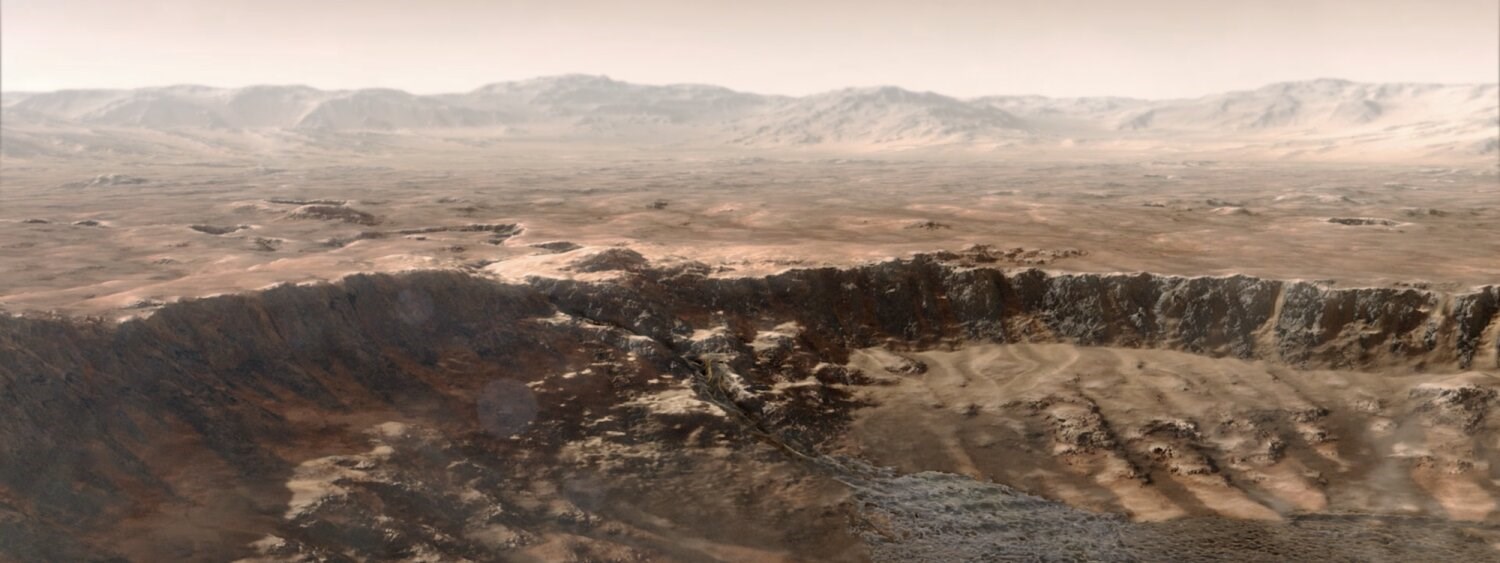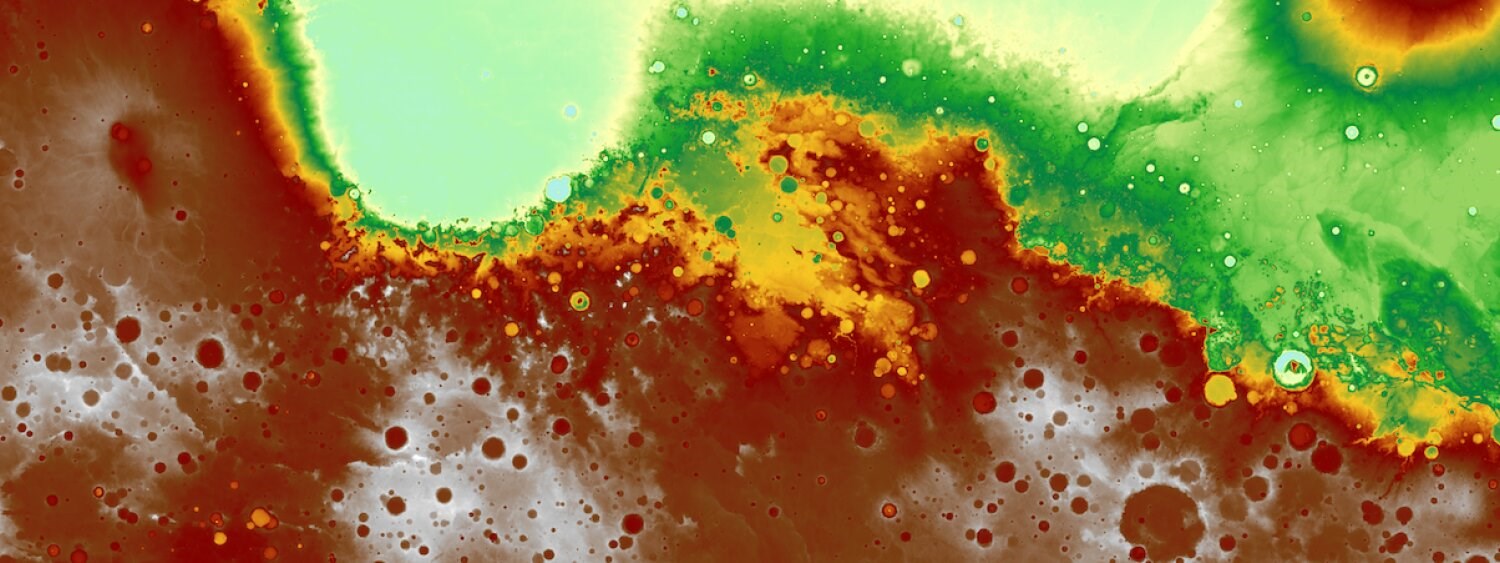



For years, scientists have been intrigued by the question: Was Mars in its ancient past a cold, barren desert, or did it experience periods of warmth and moisture? Recent research conducted by geologists at the University of Colorado Boulder offers some compelling answers. They propose that Mars, in its ancient era, may have been a planet that occasionally experienced rain and snowfall, giving rise to rivers and lakes on its surface.

The study focuses on the Noachian period, which spanned approximately 4.1 to 3.7 billion years ago. During this time, Mars is believed to have hosted numerous river networks and lakes. The presence of valleys and tributaries, particularly around the Martian equator, suggests that Mars was once sculpted by a vast hydrological system.

But where did this water come from? Two prevalent theories have dominated scientific discourse. One posits that Mars was never warm, and that only episodic melting of ice caps allowed water to flow. The other, more daring hypothesis, suggests that Mars experienced periods of rainfall and snow, resulting in sustained water flow.
To test these theories, the research team employed computer simulations. Their findings indicate that the precipitation hypothesis aligns more closely with Mars’ existing geomorphological structures. Notably, the valleys’ starting points, occurring at varied elevations, can be explained only by the presence of rainfall.

The researchers adapted geomorphology software, originally developed for Earth, to simulate thousands of years of water movement on a virtual Mars landscape. When scenarios of rain and snowfall were included, the resulting valleys closely matched the actual Martian topography.
Despite these revelations, a significant question remains: How did Mars warm up under a young Sun that was 25 percent less luminous? While the answer remains elusive, this study challenges the notion of Mars as merely a dry desert. It suggests that the planet’s riverbeds weren’t solely a product of melting glaciers and that Mars may have had a dynamic, and possibly habitable, climate in its distant past.
ENGLİSH
8 gün önceSİGORTA
8 gün önceSİGORTA
8 gün önceSİGORTA
12 gün önceSİGORTA
13 gün önceSİGORTA
13 gün önceDÜNYA
22 gün önce 1
Elon Musk’s Father: “Admiring Putin is Only Natural”
11665 kez okundu
1
Elon Musk’s Father: “Admiring Putin is Only Natural”
11665 kez okundu
 2
7 Essential Foods for Optimal Brain Health
11515 kez okundu
2
7 Essential Foods for Optimal Brain Health
11515 kez okundu
 3
xAI’s Grok Chatbot Introduces Memory Feature to Rival ChatGPT and Google Gemini
10988 kez okundu
3
xAI’s Grok Chatbot Introduces Memory Feature to Rival ChatGPT and Google Gemini
10988 kez okundu
 4
Minnesota’s Proposed Lifeline Auto Insurance Program
9589 kez okundu
4
Minnesota’s Proposed Lifeline Auto Insurance Program
9589 kez okundu
 5
Introducing Vivo Y300 Pro+: A Blend of Power and Affordability
7519 kez okundu
5
Introducing Vivo Y300 Pro+: A Blend of Power and Affordability
7519 kez okundu
Veri politikasındaki amaçlarla sınırlı ve mevzuata uygun şekilde çerez konumlandırmaktayız. Detaylar için veri politikamızı inceleyebilirsiniz.